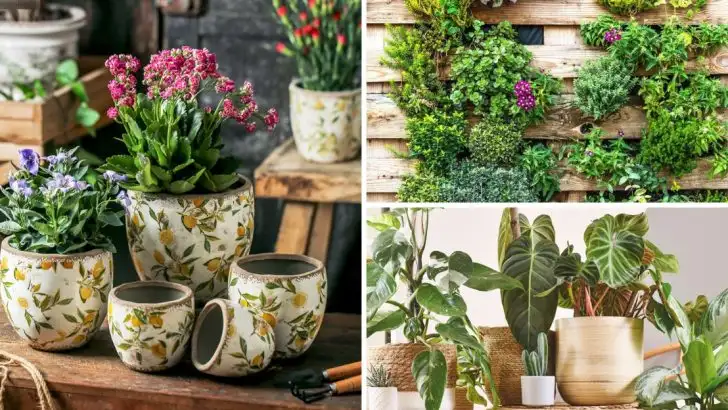As April rolls in, it’s the perfect time to refresh your indoor garden and bring a bit of spring indoors. The longer days and brighter sunlight can help your plants thrive, but there are still some key things to keep in mind. By adjusting your indoor gardening routine to match the season, you can encourage healthy growth and get your home feeling fresh and vibrant. From adjusting watering schedules to adding new plants, there are plenty of small changes that make a big impact.
Indoor gardening in April doesn’t have to be complicated. It’s a great time to re-pot plants that have outgrown their containers or experiment with new varieties that enjoy the spring season. With a few simple tweaks, your indoor garden can flourish, adding both beauty and a touch of nature to your living space. So, let’s get your plants ready to thrive as the season shifts!
Choose the Right Plants
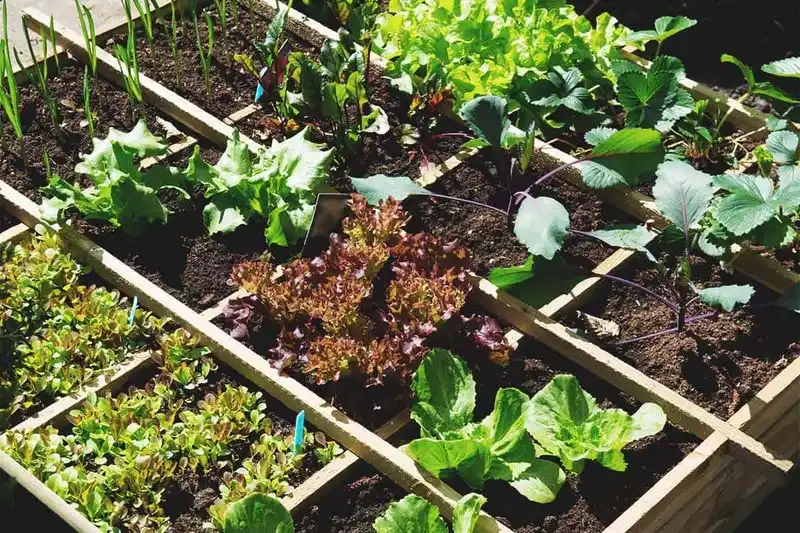
Choosing the right plants for your indoor garden is crucial for a successful green space. During April, consider varieties that thrive in indirect sunlight, such as ferns, succulents, and pothos. These plants are not only visually appealing but also relatively easy to care for, making them ideal for both beginners and seasoned gardeners alike.
Selecting plants that suit your home’s light conditions can dramatically increase your gardening success. By opting for low-maintenance species, you ensure a lush, inviting indoor environment. This selection process sets the foundation for a thriving indoor garden that will flourish throughout spring.
Use Quality Potting Mix

Investing in a quality potting mix is essential for the health of your indoor plants. A good blend provides the nutrients necessary for growth and helps retain moisture while allowing excess water to drain away. This balance is crucial in preventing root rot and promoting vibrant growth.
Look for a mix designed specifically for indoor plants, which typically includes materials like peat moss, vermiculite, and perlite. These components ensure proper aeration and moisture retention, key factors for a healthy indoor garden. Choosing the right potting mix supports robust root systems and flourishing foliage.
Understand Watering Needs
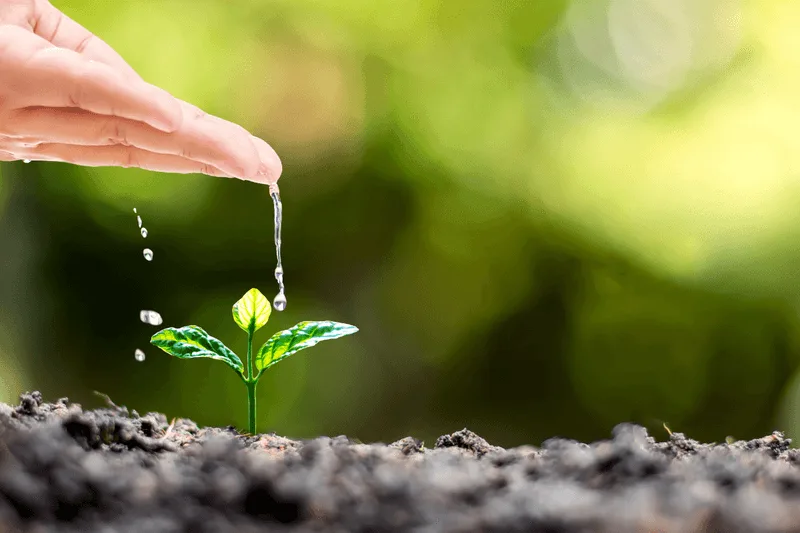
Watering your plants properly is a cornerstone of successful indoor gardening. Each species has unique watering needs, so it’s important to understand these requirements to avoid over or under-watering. Generally, most indoor plants prefer soil that is moist but not soggy.
To determine the right watering schedule, consider factors like the plant type, pot size, and indoor climate. Testing the soil with your fingers can also be helpful; if it feels dry an inch below the surface, it’s time to water. This attention to detail ensures your plants remain healthy and vibrant.
Provide Adequate Light
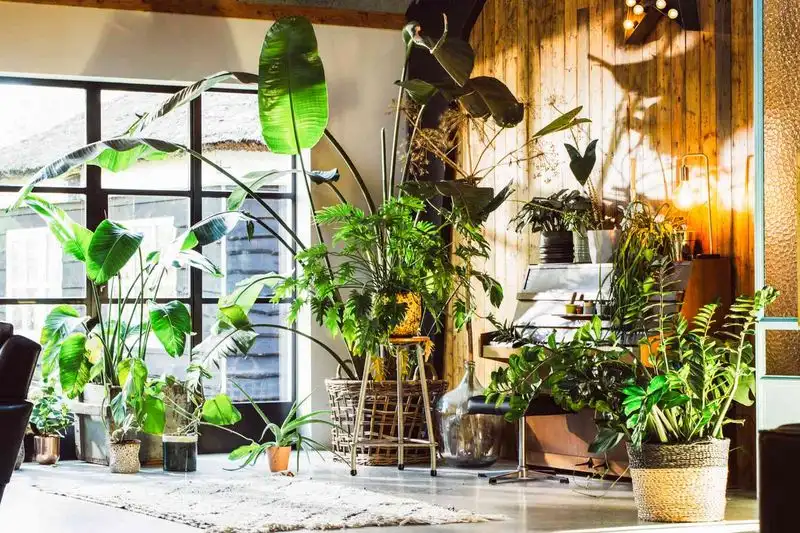
Lighting is a critical aspect of indoor gardening, as it directly affects plant growth and vitality. Position your plants near windows where they can receive natural light, but be cautious of direct sunlight, which can scorch leaves. For rooms lacking natural light, consider using grow lights to supplement.
Different plants have varying light requirements, so grouping plants with similar needs together can enhance their growth. By adjusting the lighting conditions to match your plants’ preferences, you create an optimal environment that encourages lush, healthy growth throughout the spring season.
Maintain Humidity Levels
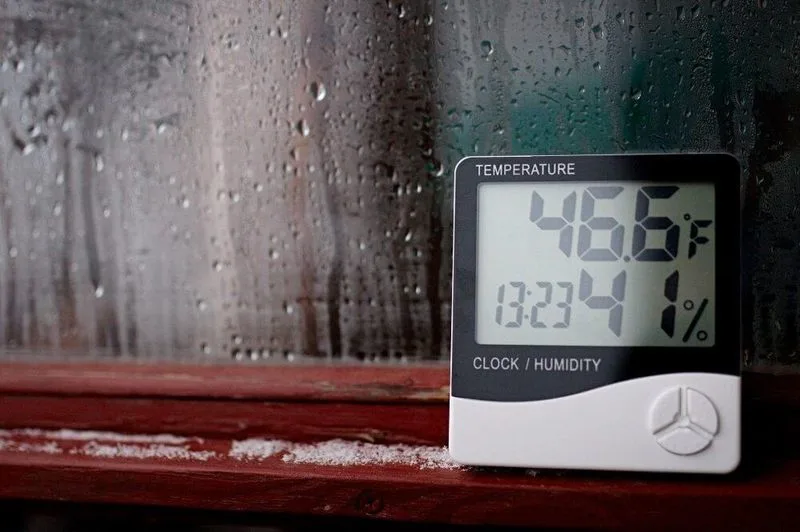
Maintaining appropriate humidity levels is essential for indoor plant health, especially in dry indoor environments. Many plants, particularly tropical varieties, thrive in higher humidity. Using a humidifier or misting plants regularly can help maintain the necessary moisture levels.
Additionally, placing a tray of water and pebbles near your plants can create a micro-humid environment. Using a hygrometer to monitor humidity levels ensures they stay within the ideal range for your plants. These small adjustments can significantly impact plant vitality, helping them to thrive and flourish indoors.
Rotate Your Plants
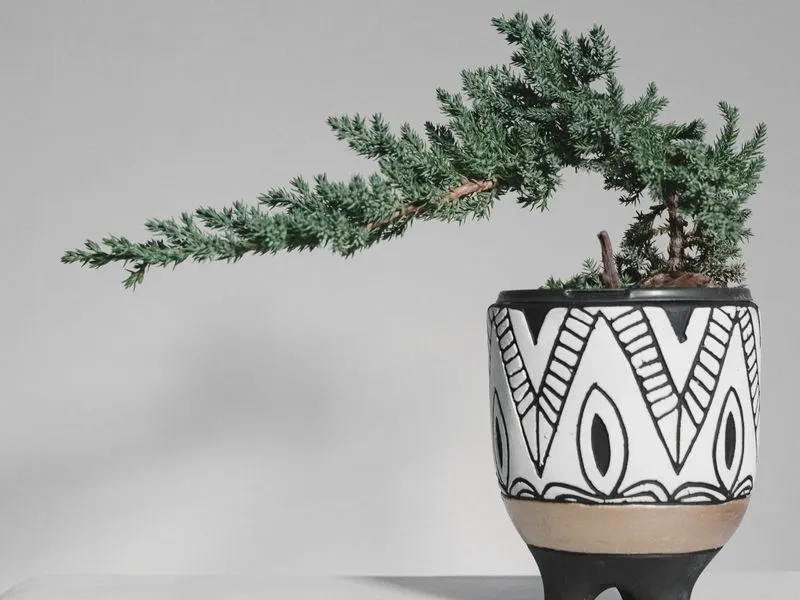
Rotating your indoor plants periodically ensures even growth and prevents them from leaning towards the light source. By turning them every few weeks, you promote balanced growth, which leads to a more aesthetically pleasing and healthy plant.
This practice also allows you to inspect your plants for any signs of stress or pests. Addressing issues early can prevent larger problems down the line. Regularly rotating your plants is a simple yet effective tip to maintain their health and encourage even, lush growth throughout your indoor garden.
Prune for Health and Shape
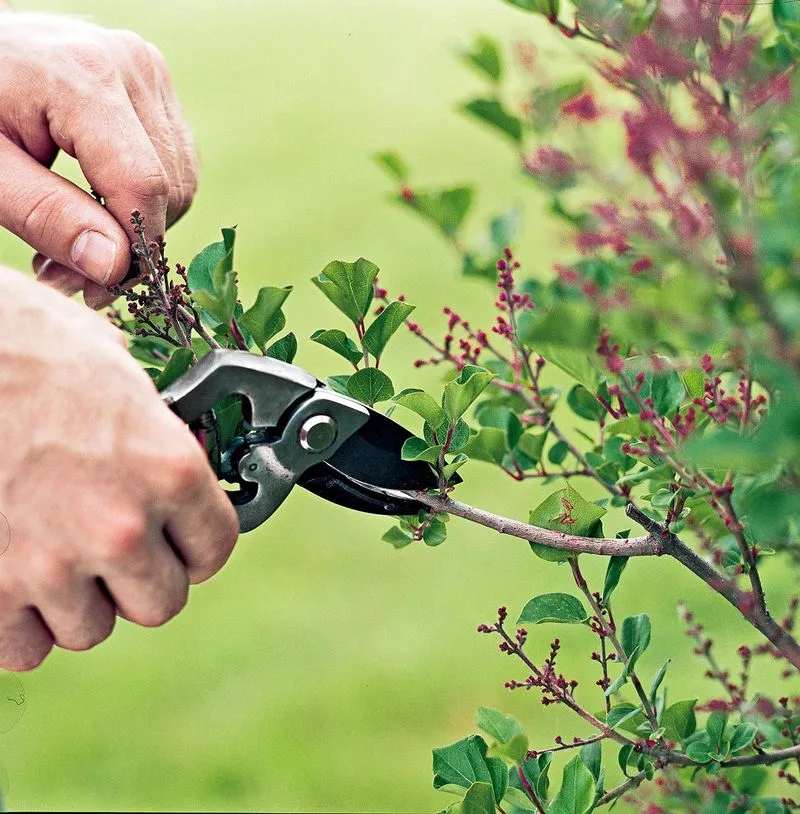
Pruning is an essential practice that keeps your indoor plants healthy and attractive. By removing dead or yellowing leaves, you allow the plant to focus its energy on new growth. Pruning also helps maintain the desired shape and size, preventing plants from becoming leggy.
Regularly inspecting and pruning your plants encourages bushier growth and can prevent diseases. Use clean, sharp scissors or pruning shears to avoid damaging the plant. This practice not only enhances the appearance of your indoor garden but also promotes robust health and vitality in your plants.
Fertilize Wisely

Feeding your indoor plants with the right fertilizer supports their growth and blooming. During spring, many plants enter their active growing phase, making it an ideal time to start fertilizing. Use a balanced, water-soluble fertilizer every few weeks to supplement nutrients.
Be cautious not to over-fertilize, which can burn roots and harm the plant. Following the recommended dosage and schedule is important for maintaining plant health. Fertilizing wisely ensures that your indoor garden is full of vibrant, thriving plants ready to grow and bloom beautifully.
Repot When Necessary
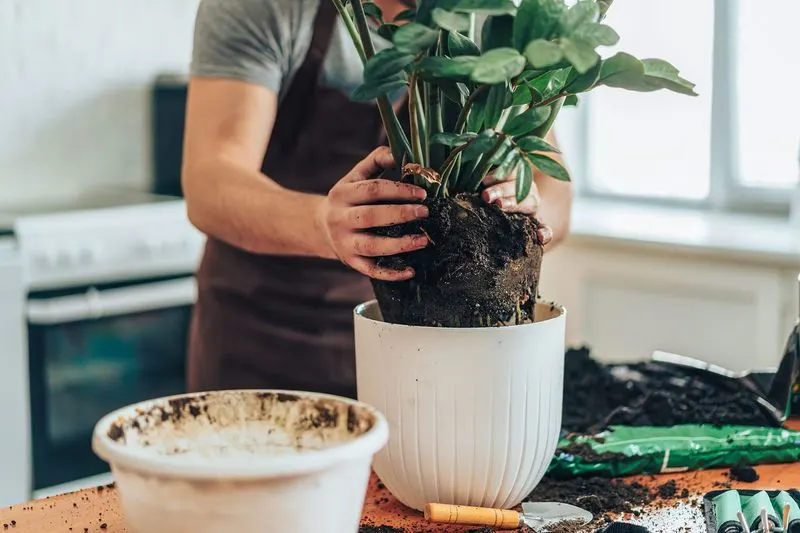
Repotting is necessary when plants outgrow their current containers, allowing them to continue growing vigorously. Signs that your plant may need repotting include roots growing through drainage holes or visible crowding at the soil surface.
Choose a pot that’s slightly larger than the current one, providing room for growth without overwhelming the plant. Fresh potting soil should be used to provide new nutrients. Repotting rejuvenates your plants, giving them the space they need to expand and flourish, contributing to a healthy, thriving indoor garden.
Control Pests Naturally
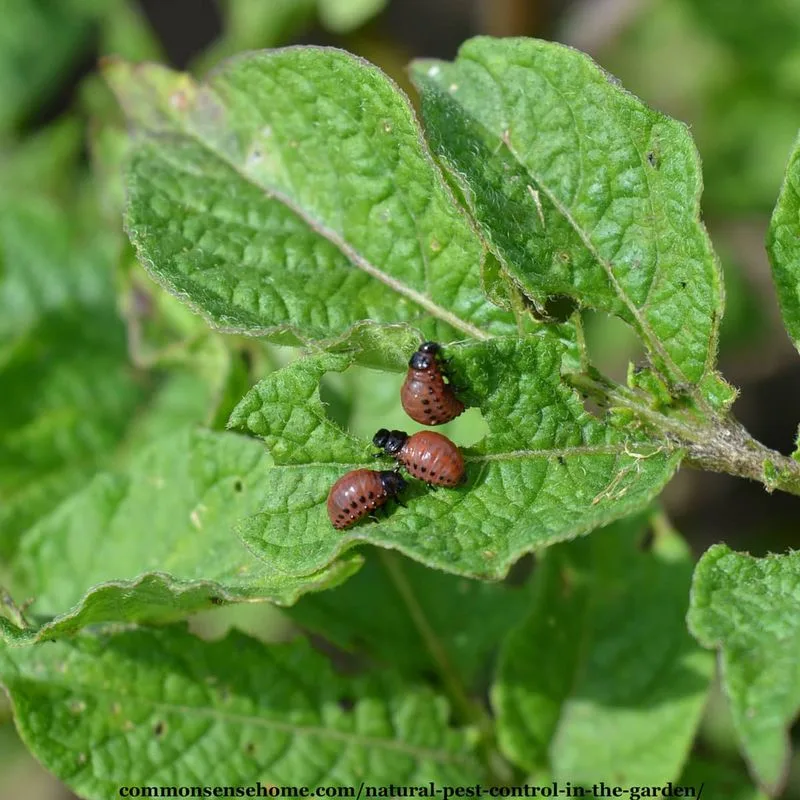
Controlling pests naturally is vital for maintaining a healthy indoor garden. Common pests like aphids, spider mites, and mealybugs can damage plants if left unchecked. Using natural solutions like neem oil or insecticidal soap can effectively manage these pests without harmful chemicals.
Regularly inspecting your plants for signs of pests and treating them early can prevent infestations. Encouraging beneficial insects, like ladybugs, can also help keep pest populations in check. Adopting natural pest control methods ensures a safe and thriving environment for your indoor plants.
Ensure Proper Drainage
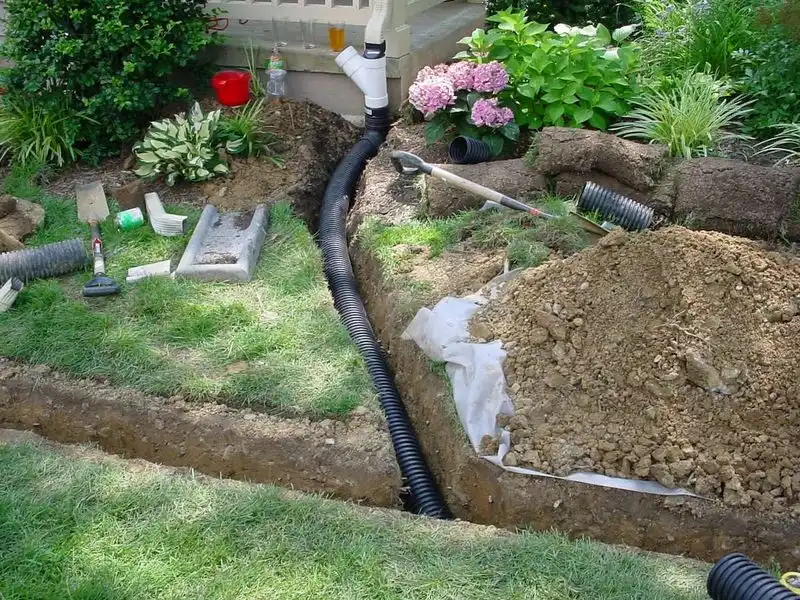
Proper drainage is crucial for indoor plant health, preventing root rot and other water-related issues. Using pots with drainage holes allows excess water to escape, ensuring the roots are not waterlogged.
If your pots lack drainage, consider adding a layer of rocks or gravel at the bottom to improve drainage. Alternatively, double-potting, where the plant sits in a liner within a decorative pot, can help manage water flow. Ensuring proper drainage is a key aspect of maintaining healthy, vibrant indoor plants that thrive in your home environment.
Group Plants for Aesthetic and Health
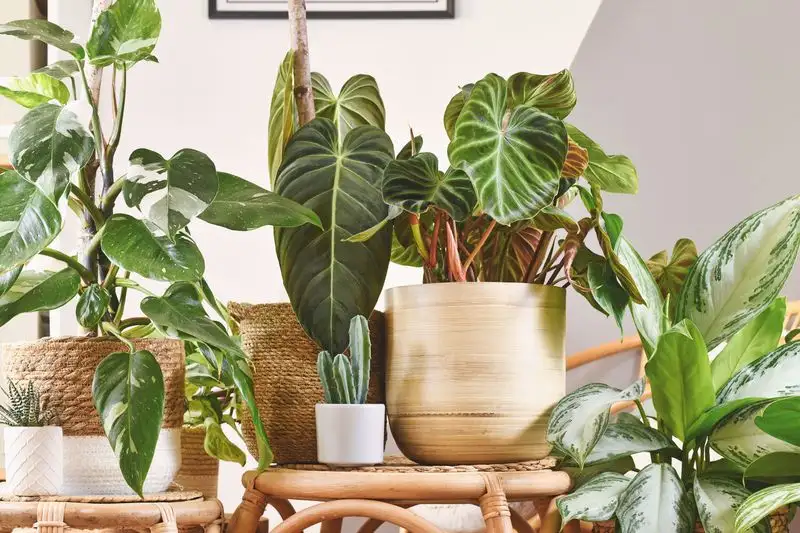
Grouping indoor plants together not only creates an appealing display but also benefits their health. Plants with similar light and humidity needs can be placed together, creating a microclimate that supports their growth.
This arrangement can also conserve moisture as plants transpire, increasing local humidity. From an aesthetic perspective, grouping plants of varying heights and textures adds visual interest to your indoor garden. This strategy enhances both the beauty and health of your plants, making your indoor space more inviting and lively.
Clean Leaves Regularly
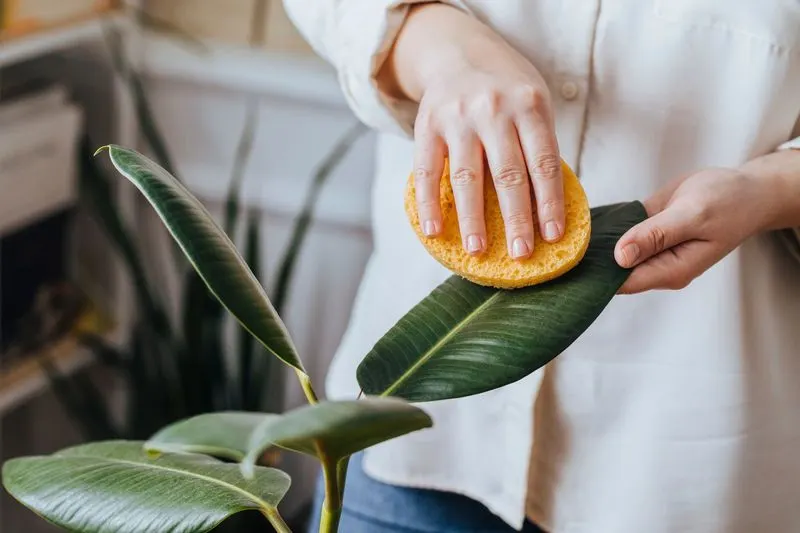
Cleaning the leaves of your indoor plants is an often-overlooked task that can greatly benefit their health. Dust and grime can accumulate on leaves, hindering photosynthesis and attracting pests.
Gently wiping leaves with a damp cloth removes dirt and allows the plant to breathe and absorb sunlight more effectively. This simple practice also gives you an opportunity to inspect for signs of pests or disease. Keeping leaves clean is an easy way to promote health and vitality in your indoor garden, ensuring your plants look their best.
Use Decorative Pots for Style

Decorative pots can transform the look of your indoor garden, adding personality and flair to your space. Choosing pots that complement your decor style enhances the aesthetic appeal of your plants.
Consider materials like ceramic, terracotta, or metal, and opt for colors and patterns that resonate with your taste. While style is important, ensure the pots have proper drainage and are suitable for the plant’s size and growth needs. Decorative pots serve both a functional and aesthetic purpose, elevating the overall look of your indoor garden.
Experiment with Plant Stands
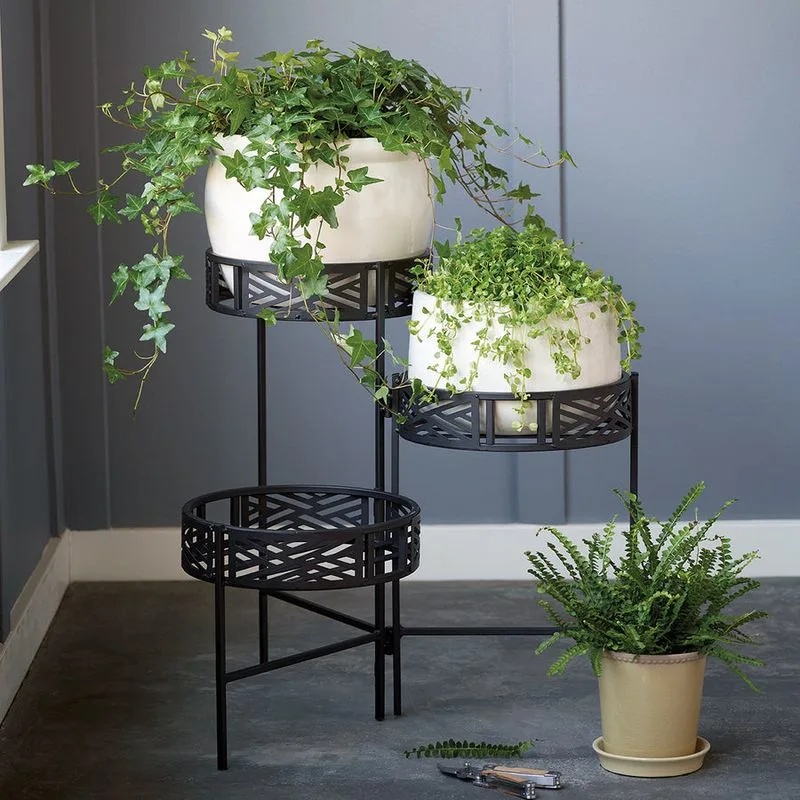
Plant stands offer a creative way to display your indoor garden, adding height and dimension to your space. They allow you to arrange plants at varying levels, creating a dynamic visual effect.
Different materials and styles of plant stands, from metal to wood, can complement your home’s decor. They also help improve air circulation around plants and make maintenance tasks like watering easier. Experimenting with plant stands can transform the look of your indoor garden, making it a striking feature of your home.
Incorporate Aromatic Herbs
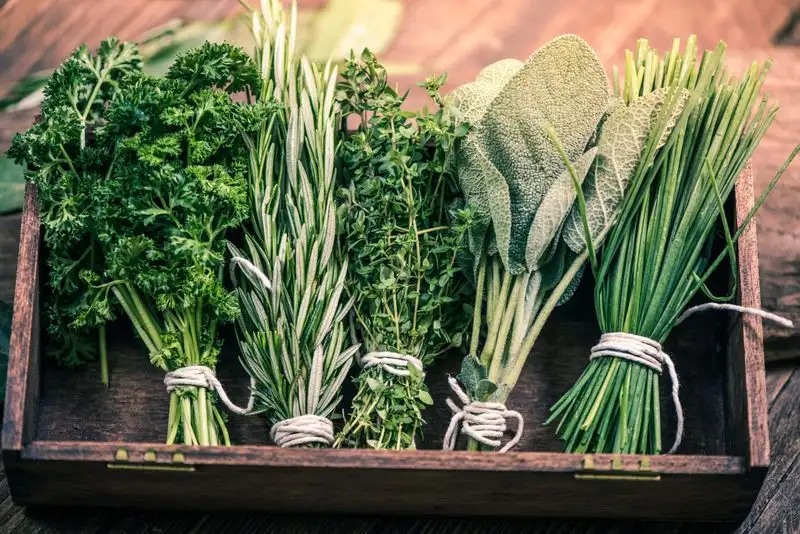
Incorporating aromatic herbs into your indoor garden adds both fragrance and functionality. Herbs like basil, mint, and rosemary not only enhance the sensory experience but also provide fresh ingredients for cooking.
Growing herbs indoors is relatively easy, requiring moderate light and regular watering. Place them on a sunny windowsill where they can thrive. The presence of these herbs brings a delightful aroma to your living space, while their practical use in the kitchen adds value. Aromatic herbs enrich your indoor garden, making it both beautiful and useful.
Create a Vertical Garden
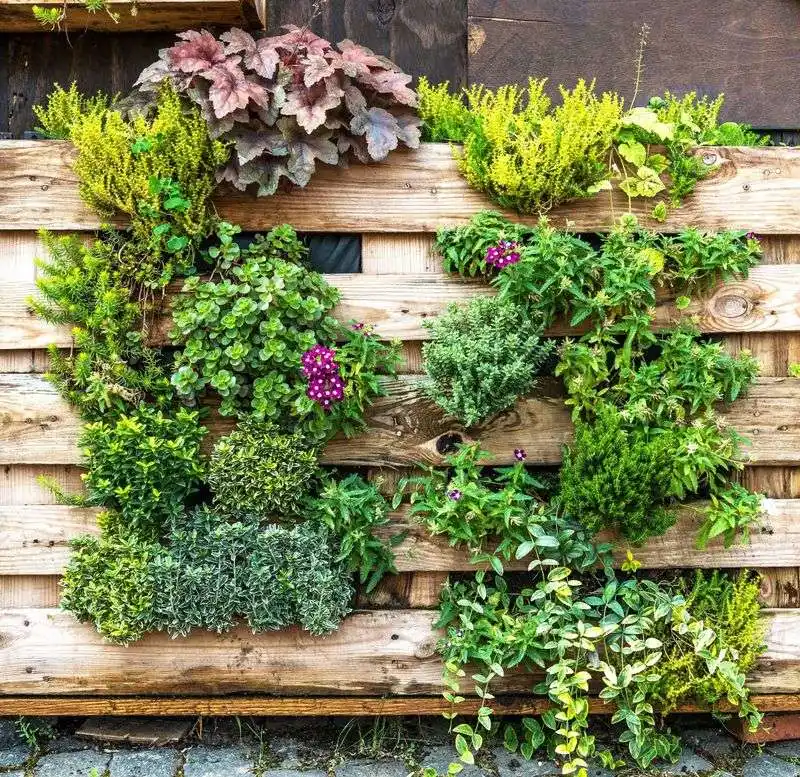
Vertical gardens are an innovative way to maximize space and bring greenery into your home. By using wall-mounted planters or shelving, you can display a variety of plants in a compact area.
This approach is ideal for smaller spaces or for creating a striking focal point in a room. Vertical gardens also improve air quality and add to the aesthetic appeal. Choose a mix of trailing and upright plants for visual interest. Creating a vertical garden can significantly enhance your indoor space, providing a lush, green atmosphere.
Add Personal Touches with Accessories
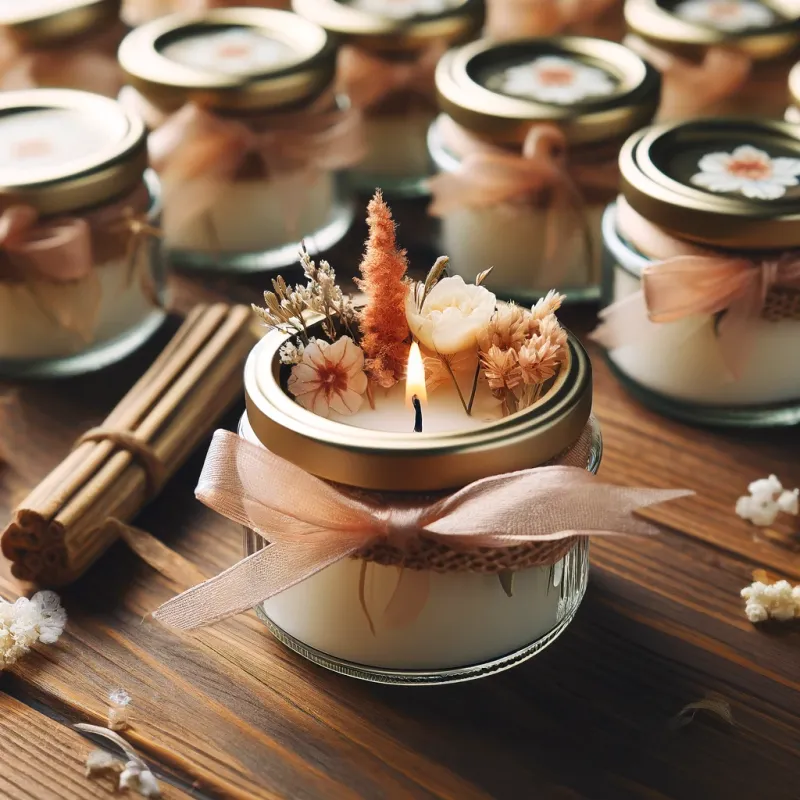
Adding personal touches to your indoor garden with accessories can make it uniquely yours. Decorative stones, figurines, and small lights can enhance the charm and mood of your indoor plant arrangements.
Accessories offer a way to express your personality and creativity, transforming your garden into a personal sanctuary. Choose items that complement your decor and resonate with your style. These small additions can elevate the overall look of your indoor garden, making it a more inviting and personalized space.
Select Seasonal Blooms
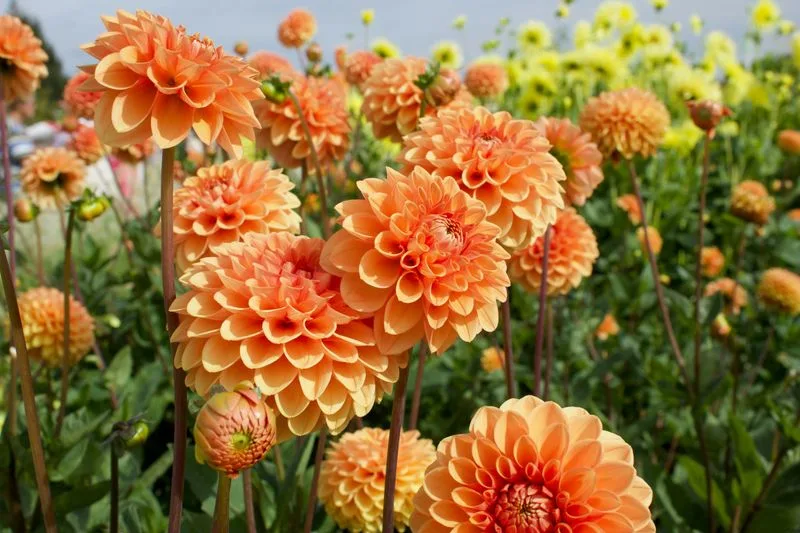
Selecting seasonal blooms for your indoor garden brings a touch of the season inside. In April, consider adding flowers like tulips, daffodils, and hyacinths, which capture the essence of spring.
These flowers can be grown in pots or displayed as cut flowers, adding vibrant colors and fragrance to your home. Seasonal blooms not only enhance the beauty of your indoor garden but also create a delightful atmosphere. Incorporating these flowers into your space celebrates the arrival of spring, making your indoor environment more cheerful and lively.
Enjoy the Process

Enjoying the process of indoor gardening is as important as the results. Take time to appreciate the beauty and tranquility your plants bring to your home. Gardening can be a therapeutic activity, providing stress relief and a sense of accomplishment.
Embrace the learning experience as you discover what works best for your plants. Celebrate small successes and don’t be discouraged by setbacks. By enjoying the journey of indoor gardening, you cultivate not just plants but also a rewarding and fulfilling hobby that enhances your living space.

